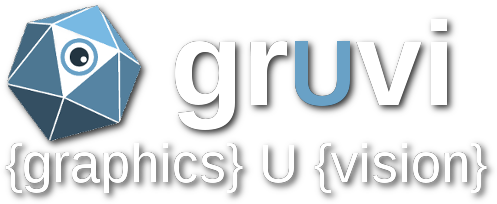Welcome to GrUVi @ CS.SFU!
We are an inter-disciplinary team of researchers working in visual computing, in particular, computer graphics and computer vision. Current areas of focus include 3D and robotic vision, 3D printing and content creation, animation, AR/VR, generative AI, geometric and image-based modelling, language and 3D, machine learning, natural phenomenon, and shape analysis. Our research works frequently appear in top venues such as SIGGRAPH, CVPR, and ICCV (we rank #14 in the world in terms of top publications in visual computing, as of 6/2023) and we collaborate widely with the industry and academia (e.g., Adobe Research, Amazon, Autodesk, Google, MSRA, Princeton, Stanford, Tel Aviv, and Washington). Our faculty and students have won numerous honours and awards, including FRSC, SIGGRAPH Outstanding Doctoral Dissertation Award, Alain Fournier Best Thesis Award, CS|InfoGAN Researcher Award, Google Faculty Award, Google PhD Fellowship, Borealis AI Fellowship, TR35@Singapore, CHCCS Achievement and Early Career Researcher Awards, NSERC Discovery Accelerator Awards, and several best paper awards from CVPR, ECCV, SCA, SGP, etc. Gruvi alumni went on to take up faculty positions in Canada, the US, and Asia, while others now work at companies including Amazon, Apple, EA, Facebook (Meta), Google, IBM, and Microsoft.
December 14, 2025
GrUVi lab will once again have a good show at SIGGRAPH Asia 2025 (Hong Kong, Dec 15th to Dec 18th) with 5 papers. ART-DECO: Arbitrary Text Guidance for 3D Detailizer Construction ASIA: Adaptive 3D Segmentation using Few Image Annotations In-2-4D: Inbetweening from Two Single-View Images to 4D Generation Physics-Based Motion Imitation with Adversarial Differential Discriminators StableMotion: Training Motion Cleanup Models with Unpaired Corrupted Data
October 19, 2025
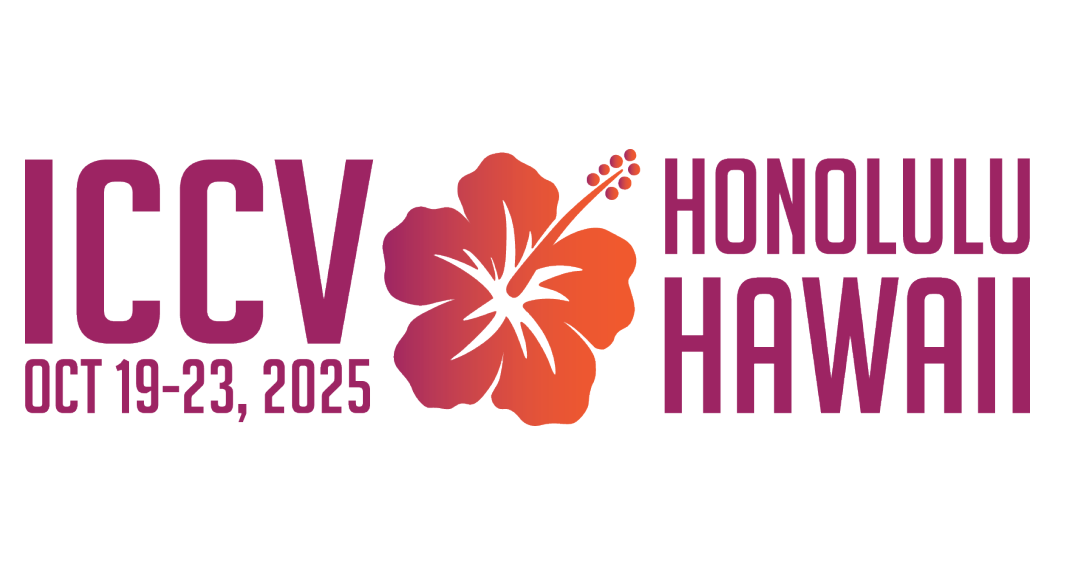
The International Conference on Computer Vision (ICCV), the premier conference on computer vision, will be held in-person at the Hawaii Convention Center in Honolulu from October 19-23, 2025. GrUVi lab will once again have a good show at ICCV 2025, with 4 workshops, 6 papers, and 3 invited talks. Papers at the main conference Diorama: Unleashing Zero-shot Single-view 3D Scene Modeling NuiScene: Exploring Efficient Generation of Unbounded Outdoor Scenes Radiant Foam: Real-Time Differentiable Ray Tracing Global Motion Corresponder for 3D Point-Based Scene Interpolation under Large Motion StochasticSplats: Stochastic Rasterization for Sorting-Free 3D Gaussian Splatting RoMo: Robust Motion Segmentation Improves Structure from Motion Papers at workshops Hyperbolic Multimodal Representation Learning for Biological Taxonomies at the Beyond Eucliean Workshop Talks Prof. Angel will be giving invited talks at the Workshop on Open-Vocabulary 3D Scene Understanding and Workshop on Scalable 3D Scene Generation and Geometric Scene Understanding Prof. Manolis will be giving a talk at the Workshop on Generating Digital Twins from Images and Videos Workshops that we are co-organizing Andrea Tagliasacchi - GeoFreeNVS: Geometry-Free Novel View Synthesis and Controllable Video Models Angel Chang - AI for 3D Content Creation Angel Chang, Austin Wang, Yiming Zhang - CLVL: 6th Workshop on Closing the Loop Between Vision and Language Qirui Wu, Jiayi Liu - Workshop on Generating Digital Twins from Images and Videos
August 7, 2025
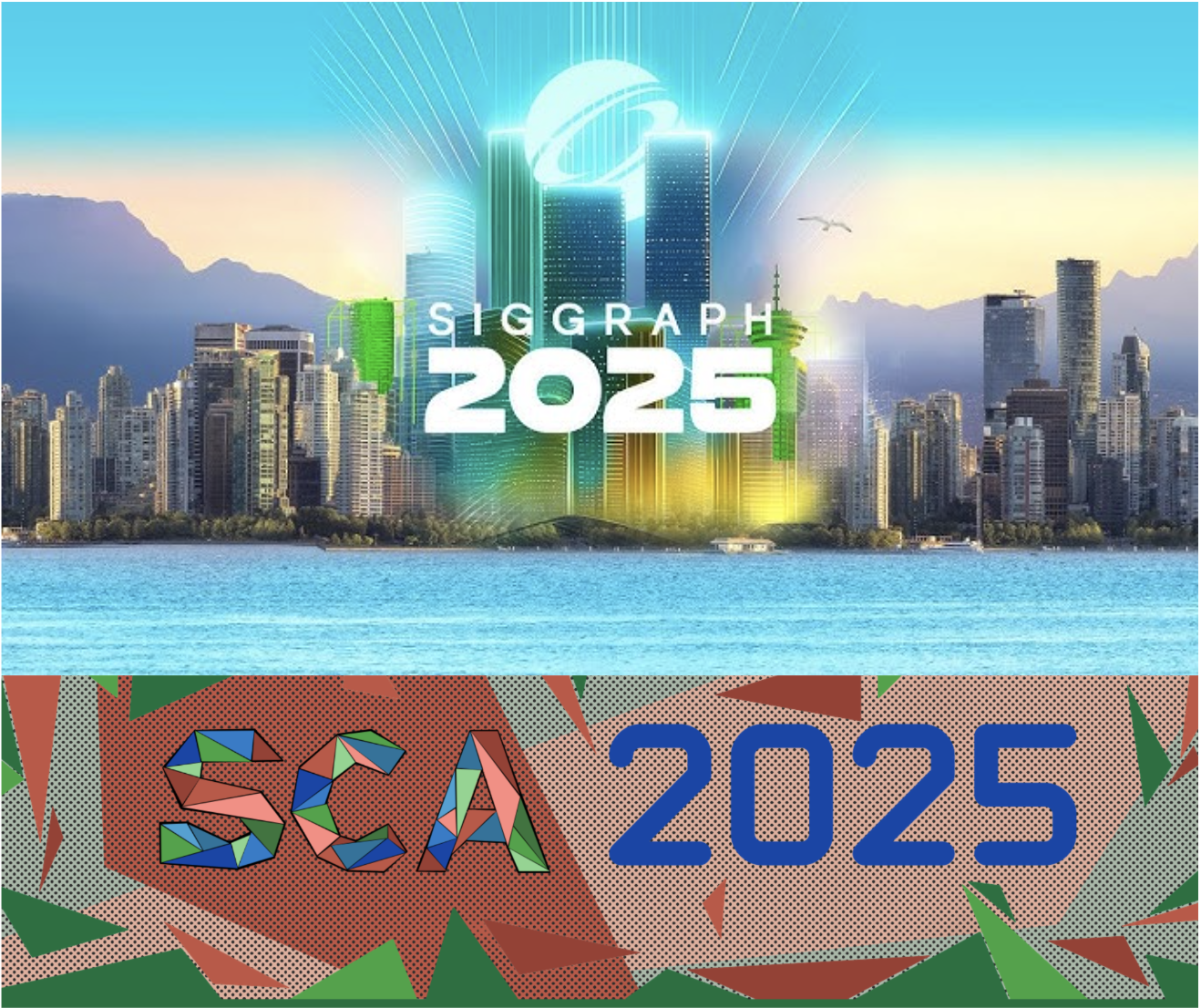
SIGGRAPH, the premier conference and exhibition dedicated to computer graphics and interactive techniques, will be held in-person at the Convention Centre in Vancouver, BC from August 10–14 2025. GrUVi lab will once again have a good show at SIGGRAPH 2025, with 7 technical papers. Prof. Richard Zhang and Prof. Ali Mahdavi-Amiri, will serve as the Technical Papers Chair and Session Chair, respectively. Symposium on Computer Animation (SCA), the premier forum for innovations in the software and technology of computer animation, will take place in Vancouver, BC, from August 8-10, 2025. Prof. Jason Peng will serve as the local chair. Please check out SFU news for more details.
June 9, 2025

The IEEE / CVF Computer Vision and Pattern Recognition Conference (CVPR), the premier conference on computer vision, will be held in-person at the Music City Center, Nashville on June 11-15, 2025. GrUVi lab will once again have a good show at CVPR 2025, with 1 workshop, 3 posters and 1 highlight paper, and 7 invited talks. Here are the details of the accepted papers: AC3D: Analyzing and Improving 3D Camera Control in Video Diffusion Transformers PIAD: Pose and Illumination agnostic Anomaly Detection MoFlow: One-Step Flow Matching for Human Trajectory Forecasting via Implicit Maximum Likelihood Estimation based Distillation ArcPro: Architectural Programs for Structured 3D Abstraction of Sparse Points Here are the details of the invited talks: Prof. Angel Chang will give a talk at Workshop on Bridging Language, Vision and Action in 3D Environments Prof. Angel Chang will give a talk at Workshop on Compositional 3D Vision Prof. Angel Chang will give a talk at Workshop on 3D Vision Language Models (VLMs) for Robotic Manipulation Prof. Angel Chang will give a talk at Workshop on 3D Scene Understanding for Vision, Graphics, and Robotics Prof. Richard Zhang will give a talk at Workshop on 3D Digital Twin Prof. Richard Zhang will give a talk at Workshop on Ind3D: Enforcing Inductive Bias in 3D Generation Prof. Angelica Lim and Prof. Jason Peng will give talks at Workshop on Humanoid Agents
May 26, 2025
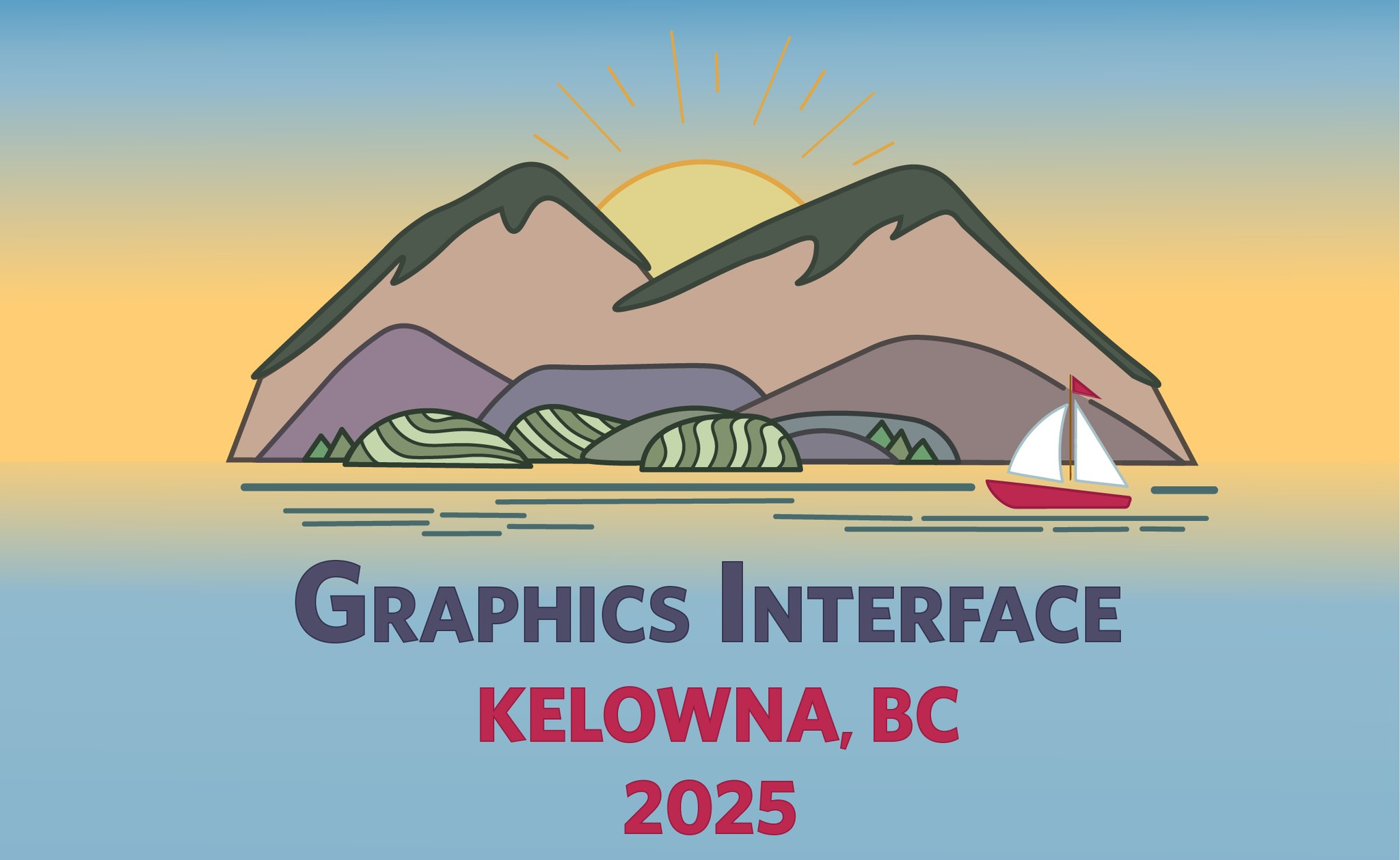
Graphics Interface (GI) is a unique conference for computer graphics and human-computer interaction. GI 2025 will be held in Kelowna, British Columbia, from May 26 to May 29, 2025. Prof. Parmit Chilana and Prof. Ali Mahdavi-Amiri are invited to give a talk in the conference. https://graphicsinterface.org/conference/2025/speakers/
May 14, 2025
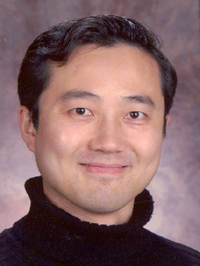
Congratulations to Prof. Richang Zhang for being elected to the SIGGRAPH academy for technical contributions in spectral and learning-based methods for geometric modeling. The ACM SIGGRAPH Academy is an honorary group of individuals who have made substantial contributions to the field of computer graphics. Please find the official announcement here: https://www.siggraph.org/award-winners/announcing-the-2025-award-winners

